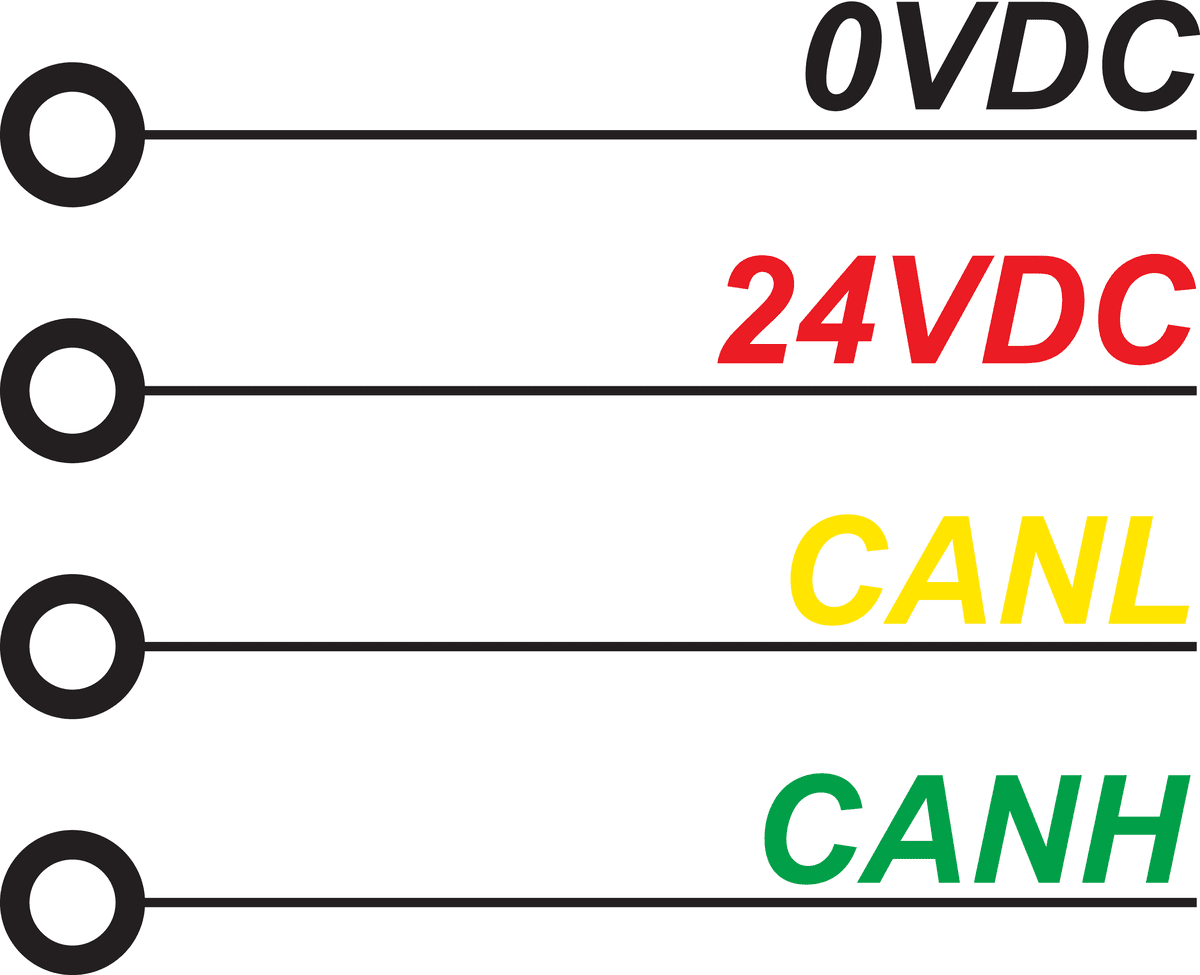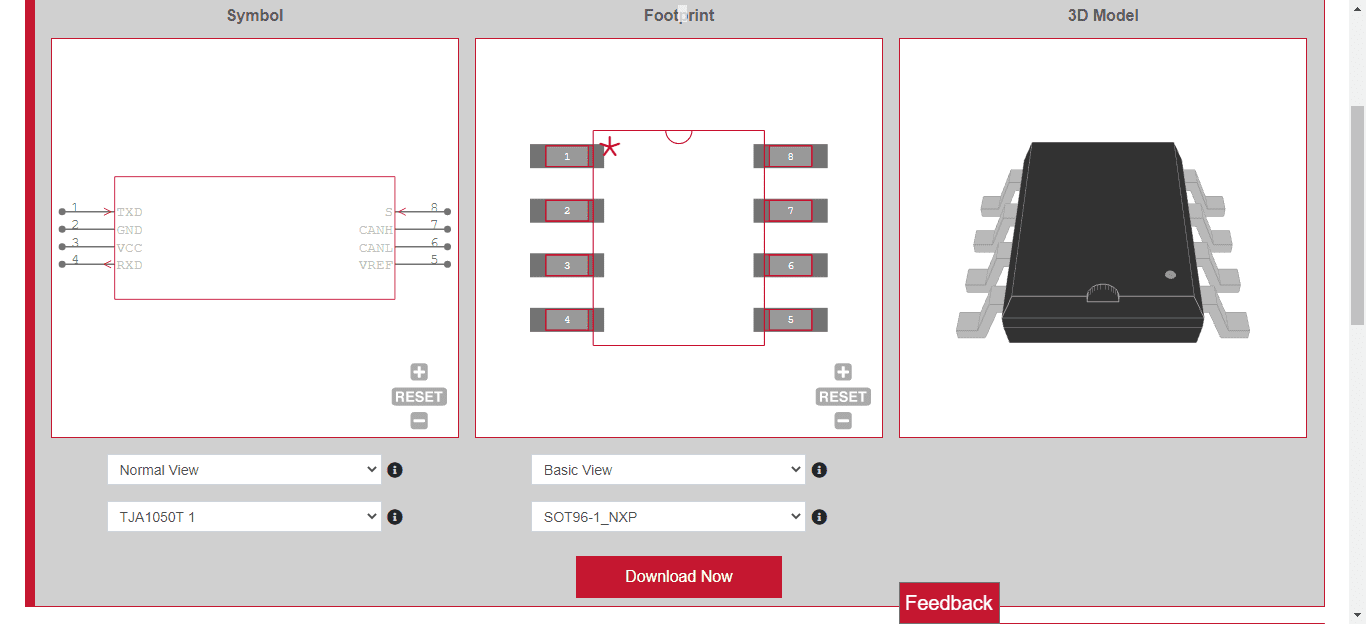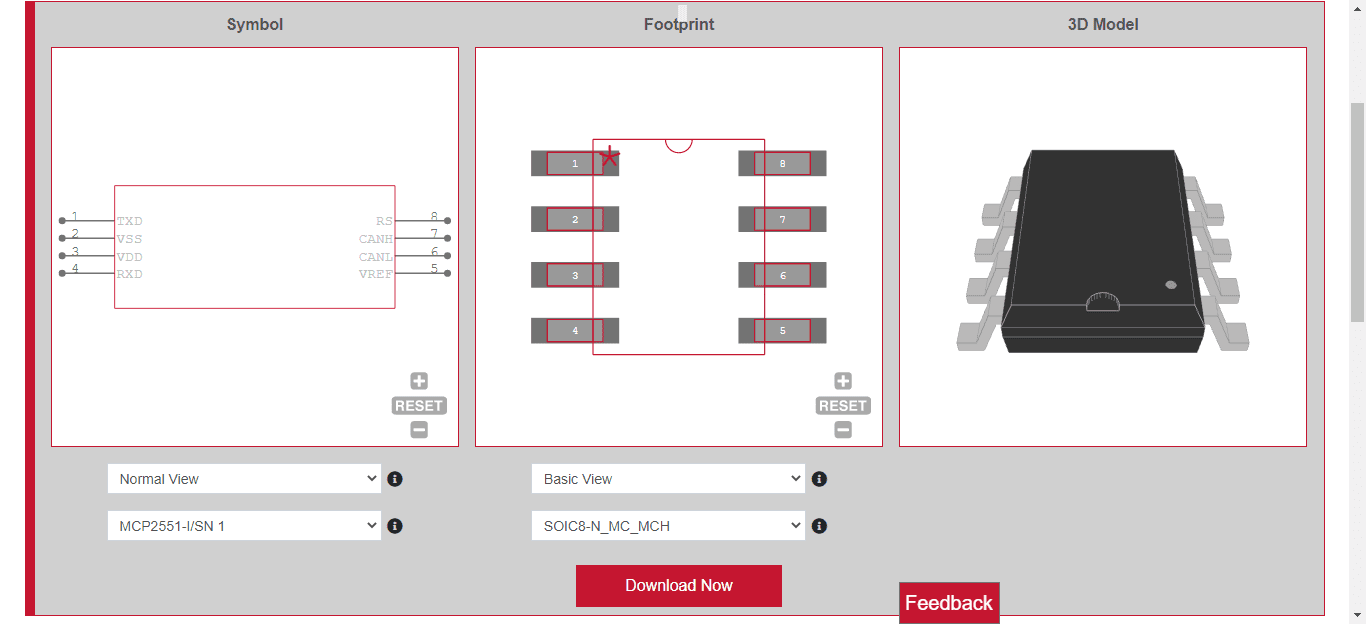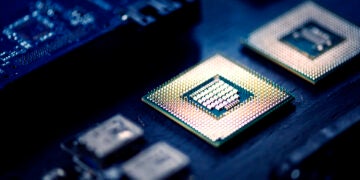
CAN bus transceiver signal lines
If you design and develop electronics systems, you likely encounter buzzwords such as IoT, Industrial IoT (IIoT), or Industry 4.0. These terms refer to the use of advanced technologies within production systems or operating environments that utilize remote communication. For production, communication may be between machines located within the same facility or between different factories. Operationally, IoT based systems typically involve communications to and from the cloud. In either case, the objective is to create ever-smarter systems.
The concept of making systems smarter by inter-networking is not new. In fact, production lines, aerospace platforms, and automotive vehicles have relied on the controller area network or CAN bus transceiver lines to achieve the same outcome for decades. The speed and range of connections or nodes that can be inter-networked using CAN transceivers has resulted in the widespread usage of CANs to increase the functionality and capability of electronic-based systems in industries as diverse as hospitals and railway systems.
The major advantage to using CAN transceivers is the ability to communicate with both analog and digital devices over long distances through a single low-cost device. Let’s compare two high speed CAN transceivers, the TJA1050 vs. the MCP2551.
The TJA1050 CAN Transceiver
The TJA1050 is one of many CAN modules available from NXP Semiconductors. This component has been a staple of NXP’s transceiver options for over two decades and has established a track record of successful implementation and reliability.
Key Features of the TJA1050:
- Speed up to 1 Mbps
- Low Electromagnetic Emission (EME) due to optimal matching for CANH and CANL
- High Electromagnetic Immunity (EMI)
- Compatible with 3.3 V and 5 V components
- Thermal protection
- Short-circuit proof
- Transient protection (for automobile environments)
- 110+ node connection capability
The TJA1050 has been developed for optimal performance even in noisy environments. This component is fully compatible with the prevailing standard for high-speed CAN applications, ISO 1198 Road vehicles — Controller area network (CAN) — Part 1: Data link layer and physical signaling and operates in conjunction with a CAN protocol controller, providing differential transmit (to the bus) and receive (to the controller) capabilities.
For optimal design using this component, CAD information is available for download, as shown below.

TJA1050 downloadable CAD data
For additional technical information, including recommended circuit configurations, see the TJA1050 datasheet.
The MCP2551 CAN Transceiver
Another CAN transceiver that is often implemented is the MCP2551 from Microchip Technology. Introduced in 2001, this ISO 1198 compliant component has three operating modes: 1–High-Speed, 2–Slope-Control, and 3–Standby.
The MCP2551 provides the following network protections:
- Short circuit protection
- Transient protection
- Output overcurrent (by thermal shutdown)
- MInimal emissions in High-Speed or Slope-Control modes
- High noise immunity
As listed above, the MCP2551 can operate where high levels of EMI may be present. Additionally, this part can connect up to 112 nodes, transmit at 1 Mbps, and is compatible with 12 V and 24 V systems, which are typical in automotive systems. To promote the most accurate and efficient design, the device symbol, footprint, and 3D model are readily accessible, as illustrated below.

MCP2551 downloadable CAD data
Microchip has published an extensive MCP2551 datasheet that should be consulted when implementing this component in your design.
Now, let’s compare the TJA1050 vs. the MCP2551 for important parameters to aid you in selecting the best high-speed CAN transceiver for your product.
Comparing the TJA1050 vs. the MCP2551
Both the TJA1050 and MCP2551 are commonly utilized, reliable transceivers that can be used for high-speed CAN communications. In the table below, the two components are compared for a set of attributes that should inform your decision about which is most appropriate for your project.
| Designing With the TJA1050 vs. the MCP2251 | ||
| Attribute/Parameter | TJA1050 | MCP2551 |
| Lifecycle Status | Active | Active* |
| Package Type | SO8 | SOIC |
| Package Dimensions (w x l x h) | 6.2 x 5.0 x 1.75 mm | 6.0 x 4.9 x 1.75 mm |
| Node Connections | 110+ | 112 |
| Transmission Rate | 1.0 Mbps | 1.0 Mbps |
| Supply Voltage | 4.75 – 5.25 V | 4.5 – 5.5 V |
| Supply Current | 25.0 – 75.0 mA | 75.0 mA (max) |
| Temperature Range | -40.0 °C (min) | -40.0 – 85.0 °C |
| EMI Protection Circuitry | Yes | Yes |
| ISO 1898 Compliant | Yes | Yes |
| RoHS Compliant | Yes | Yes |
* Microchip recommends the MCP2561 for new designs.
As the table above clearly demonstrates, both the TJA1050 and MCP2551 are good candidates for existing designs. In addition to similar electrical parameters, both components are available in SMT packages with virtually identical profiles; therefore, opting for either as replacement parts for previous designs should be sufficient. For new designs, your specific performance requirements and objectives should guide your choice.
If you’re looking for CAD models for common components, such as the TJA1050 or MCP2551 CAN transceivers, Ultra Librarian helps by compiling all your sourcing and CAD information in one place. Working with Ultra Librarian sets up your team for success to ensure any design is going through production and validation with accurate models and footprints to work from. Register today for free.








